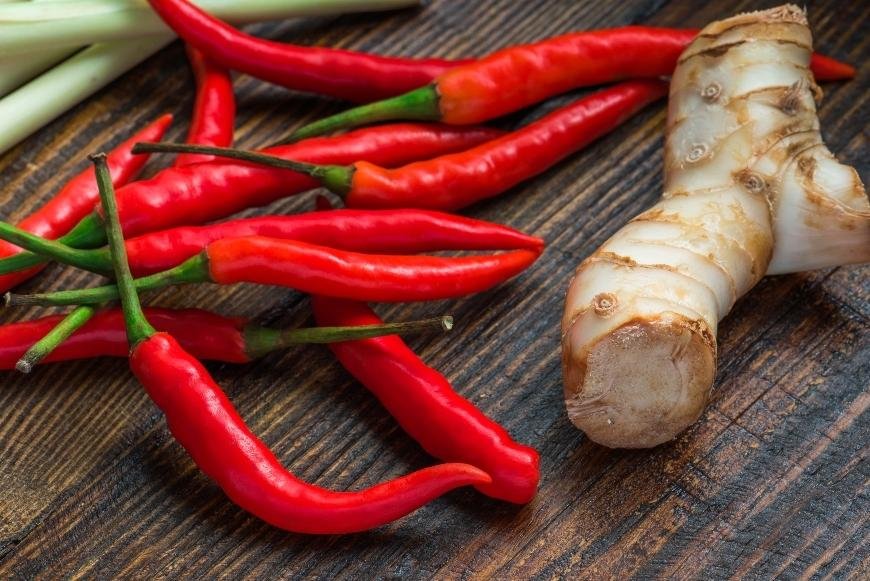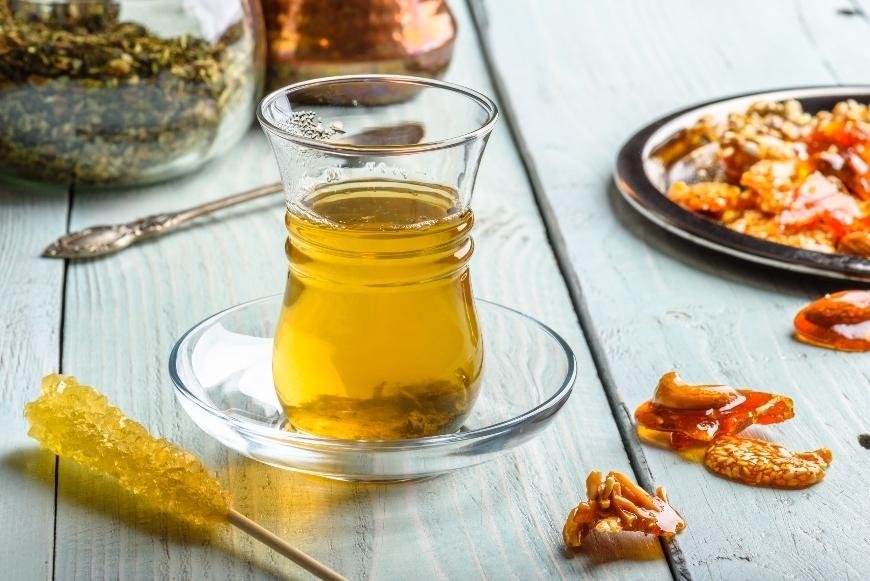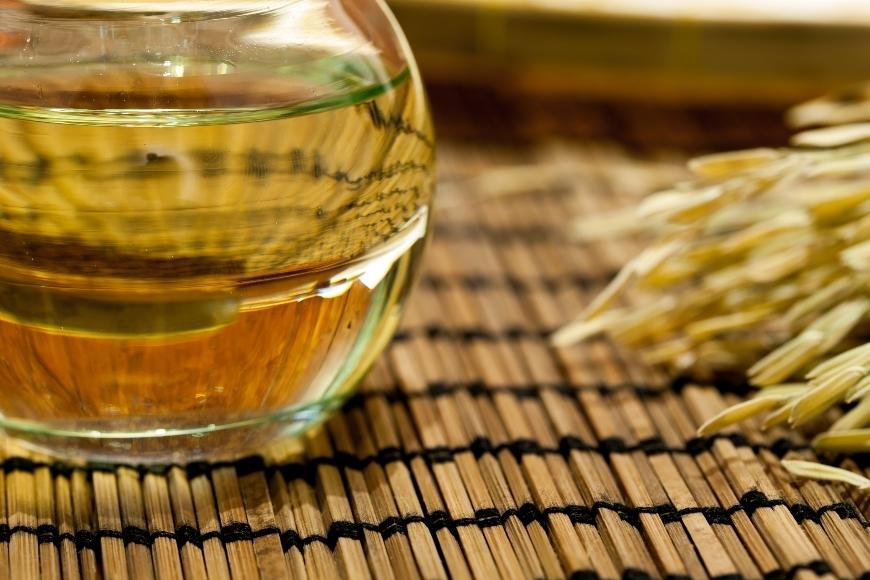How to Use Galangal
Discover how to use Galangal with our comprehensive guide, covering different types, preparation methods, effects, and potential benefits of this unique root.

1. What is Galangal?
Galangal, a Southeast Asian herbaceous plant, has been employed for generations in both culinary and medicinal practices. It belongs to the same family as ginger and turmeric (Zingiberaceae) and shares some similarities with these well-known spices. However, galangal boasts its own unique flavor profile and potential benefits that set it apart from its relatives.
The rhizome (underground stem) of the galangal plant is what's typically used for both culinary and medicinal purposes. Its taste can be described as spicy, earthy, and slightly sweet - making it an ideal ingredient in various dishes like soups, curries, or even teas.
Apart from being a popular spice in Asian cuisine, galangal has also gained attention among those who recreationally grow plants with psychoactive properties due to anecdotal reports of mild stimulating effects when consumed in large quantities. While research on this aspect remains limited at best, many people are still intrigued by the possibility of using galangal as a natural stimulant.
Different Types of Galangals
- Greater Galangal: Also known as Alpinia galanga or Thai ginger; this type is larger than lesser galangal which makes it easier to work with when preparing recipes.
- Lesser Galangal: Known scientifically as Kaempferia galanga; smaller than greater galangal but packs more intense flavors - often preferred by chefs looking for bold tastes.
- Sand Ginger: Another variety called Kaempferia rotunda, not as commonly used in cooking but still holds potential benefits for those interested in exploring its effects.
Now that you have a basic understanding of what galangal is and the different types available, let's dive into how to prepare and use this intriguing plant.
Galangal is a type of root plant native to Southeast Asia and has been used for centuries in traditional medicines. Galangal is a versatile plant, often employed in cooking to impart both flavor and aroma. Now let's take a look at the different types of galangal available on the market today.
Dried Galangal vs. Fresh Galangal
When you store galangal, both fresh and dried forms are available to purchase. Dried galangals typically come as whole roots or slices that need to be soaked before using them in recipes. They offer an extended shelf life compared to their fresh counterparts but might lose some of their potency over time.
Fresh roots provide more intense flavors when used in cooking; however, they require proper storage conditions (refrigeration) and have a shorter shelf life. Ultimately, choosing between dried galangals or fresh ones depends on your personal preference and intended use.
Galangal is an array of flavorsome spices with a diversity of tastes, each having its own special character. Preparing galangal for use requires some special considerations due to its tough fibrous texture, but with the right technique it can be enjoyed as an essential part of many dishes.
3. Preparing Galangal for Use

If you're ready to explore the world of galangal, it's essential to know how to prepare this versatile plant properly. This section will guide you through cleaning, drying, and grinding your galangal so that it's ready for use.
Cleaning Your Galangal
Before using your freshly harvested or purchased galangal root, make sure to clean it thoroughly. Follow these simple steps:
- Rinse the roots under cold running water.
- Gently scrub away any dirt or debris with a soft brush or cloth.
- Pat dry with a clean towel or paper towels.
Drying Your Galangal
To preserve your cleaned galangal for future use and enhance its potency, consider drying the roots. Storing your dried galangal in an airtight container will help to maintain its effectiveness for up to half a year. Here are two methods of drying:
Air-Drying Method
- Slice the cleaned roots into thin pieces (about 1/8-inch thick).
- Lay them out on a wire rack or tray lined with parchment paper in a well-ventilated area away from direct sunlight.
- Flip each piece every few days until they become completely dry and brittle (usually takes about one to two weeks).
- Store the dried galangal in an airtight container.
Oven-Drying Method
- Set your oven to the lowest temperature (usually around 150°F or 65°C) before beginning the drying process.
- Slice the cleaned roots into thin pieces (about 1/8-inch thick) and arrange them on a baking sheet lined with parchment paper.
- Bake for about four hours, flipping each piece halfway through. The galangal should be completely dry and brittle when done.
- Once the galangal is dried, let it cool before putting in a sealed receptacle.
Grinding Your Galangal
Grind the dried galangal into a fine powder for use. This can be easily achieved using one of these methods:
- A coffee grinder dedicated solely for grinding herbs and spices is ideal. Simply add small amounts of dried root at a time until you reach your desired consistency.
- A mortar and pestle also work well for grinding smaller quantities of dried galangal by hand. Place some root pieces in the mortar bowl, then crush them using circular motions with the pestle until they become finely ground.
Now that you know how to prepare your galangal, it's time to start using it. Azarius offers a variety of galangal extracts, dried galangal, and fresh galangal for purchase. Whether you're looking to add some spice to your cooking or explore the traditional Chinese medicine benefits of galangal, Azarius has you covered.
How to Use Galangal
If you're looking to incorporate galangal into your recreational herbal adventures, it's essential to know how to prepare this versatile root properly. Whether you buy galangal fresh or dried, the preparation process is crucial in ensuring a safe and enjoyable experience.
Cleaning Fresh Galangal Root
- Rinse: Begin by rinsing the fresh galangal root under cold water to remove any dirt or debris.
- Peel: Using a vegetable peeler or sharp knife, carefully peel away the outer skin of the root until only the inner flesh remains.
- Slice: Cut the peeled root into thin slices, making sure they are uniform in size for even drying or cooking purposes.
Drying Fresh Galangal Root
To store galangal long-term and create dried galangal slices that can be easily ground into powder form, follow these steps:
- Air-dry: Lay out your freshly sliced pieces on a clean surface such as parchment paper and allow them to air dry for several days. Ensure they are not exposed directly to sunlight during this time.
- Oven-dry: If you prefer quicker results, preheat your oven at its lowest temperature setting (around 150°F/65°C) and place your thinly-sliced pieces onto an oven-safe tray lined with parchment paper. Allow them to dehydrate slowly over approximately two hours while checking regularly so they don't burn.
- Powder: Once your galangal slices are completely dry, use a coffee grinder or food processor to grind them into a fine powder. Store the powdered galangal in an air-tight container away from direct sunlight and moisture.
Using Dried Galangal Root
If you purchase dried galangal root, it can be used as-is or rehydrated before incorporating it into various methods of ingestion. To rehydrate dried galangal slices:
- Soak: Place the desired amount of dried slices in a bowl with enough warm water to cover them fully.
- Wait: Allow the slices to soak for approximately 30 minutes until they have softened and expanded slightly.
- Squeeze: Gently squeeze out any excess water from the rehydrated pieces before using them in your chosen method of consumption.
Galangal is a root that is commonly used in traditional Chinese medicine and Thai cuisine. It is also known as Thai ginger and is a member of the ginger family. There are two main types of galangal: greater galangal and lesser galangal. Lesser galangal originated in China and has a milder taste compared to greater galangal, which is commonly used in Southeast Asian cuisine.
Galangal extracts and essential oils are also available for purchase. These can be used in various ways, such as adding them to diffusers or incorporating them into massage oils.
In summary, properly preparing your fresh or dried galangal root is essential for ensuring its safe and effective use during recreational activities. By following these easy steps, you can take advantage of the potential advantages of this special plant.
Interested in trying galangal? Buy galangal from Azarius, your one-stop-shop for all your herbal needs.
Preparing Galangal for use requires careful consideration of the desired form and method, as well as an understanding of its potential effects. With this knowledge in hand, we can now move on to learning about ingesting galangal safely and effectively.
4. Ingesting Galangal

There are several ways to ingest galangal, each with its unique effects and experiences. We'll explore some of the most popular methods below.
4.1 Smoking Galangal
Smoking might be the go-to option if you're after a fast and straightforward way to experience galangal's effects. To smoke galangal:
- Grind it up: Start by grinding dried galangal into a fine powder using a grinder or mortar and pestle.
- Pack your pipe or rolling paper: Fill your preferred smoking device (such as a pipe or rolling paper) with the ground-up galangal.
- Inhale slowly: Light up the packed material while inhaling gently through your mouthpiece, allowing the smoke to fill your lungs before exhaling.
Users often report experiencing mild euphoria, relaxation, and enhanced sensory perception when smoking galangal.
4.2 Vaporizing Galangal
Vaporizing is another method that allows you to enjoy the benefits of this plant without combustion's harshness on your lungs. Here's how you can vaporize galangal:
- Select a suitable vaporizer: You will need an herbal vaporizer designed for use with dry herbs like our favorite one from Azarius' portable collection.
- Prepare the galangal: Grind dried galangal into a fine powder, as you would for smoking.
- Pack your vaporizer: Fill the chamber of your vaporizer with ground galangal, ensuring it's not packed too tightly.
- Set temperature and inhale: Adjust the temperature settings on your device (usually between 180-200°C) and slowly inhale the vapor produced by heating up the plant material. Exhale after holding in each breath for a few seconds.
As opposed to smoking, vaporizing involves no combustion and is thus deemed less hazardous. Users often report experiencing similar effects as when smoking but with smoother inhalation.
4.3 Consuming Galangal in Food or Drink
If you prefer ingesting galangal without smoke or vapor, incorporating it into food or drink might be an excellent option for you. Some popular ways to consume this herb include:
- Making a tea by steeping crushed roots in hot water
- Cooking dishes like soups and curries that incorporate fresh or powdered root
- Taking capsules filled with ground-up root material as dietary supplements
Keep in mind that consuming galangal orally may result in more subtle effects compared to other methods due to its slower absorption rate through digestion.
Remember always to start slow and adjust dosage according to individual tolerance levels when experimenting with new ingestion methods. Stay safe while exploring all that this fascinating plant has to offer.
Consuming Galangal in Food or Drink
If you prefer not to smoke or vape, galangal can also be consumed through food or drink. Fresh galangal is often employed in Thai cuisine, its flavour akin to that of fresh ginger and can be included in various dishes through the use of dried galangal powder. Here are some ideas for incorporating galangal into your meals:
- Tom Yum Soup: A popular Thai dish that features fresh galangal alongside other aromatic ingredients like lemongrass and kaffir lime leaves.
- Coconut Chicken Soup (Tom Kha Gai): Another delicious soup option with a coconut milk base infused with flavors from lesser galangal originated herbs.
- Galanga Tea: Brew tea using dried slices of greater or lesser galangal root combined with hot water and sweeteners such as honey if desired.
Consuming Galangal can be a safe and natural way to enjoy its therapeutic advantages, though it is essential to take note of any potential adverse reactions. The next heading will explore the various effects that can result from consuming this powerful herb.
5. Safety Considerations When Using Galangal
When experimenting with galangal, it's essential to prioritize safety and be aware of potential risks associated with its use. In this section, we'll discuss some key factors to consider when using galangal for recreational purposes.
Dosage
As with any substance, finding the right dosage is crucial in order to experience the desired effects without risking adverse reactions. Start by consuming a small amount of galangal, especially if you're new to this plant or have a low tolerance for similar substances. Gradually increase your intake as needed but always err on the side of caution and avoid excessive consumption.
Allergies and Sensitivities
If you have known allergies or sensitivities to plants within the ginger family (Zingiberaceae), such as ginger or turmeric, exercise caution when using galangal since they share similar compounds that may trigger allergic reactions. If you experience any symptoms of an allergic reaction after consuming galangal, such as itching, swelling, difficulty breathing or hives, discontinue use and seek medical help if needed.
Potential Interactions With Other Substances or Medications
- Blood-thinning medications: Galangal has been reported to possess blood-thinning properties which could potentially interact negatively with anticoagulant medications like warfarin (source). Consult your healthcare provider before combining these substances.
- Sedatives: Since galangal may have mild sedative effects, combining it with other sedatives or depressants could potentially lead to excessive drowsiness. Be cautious when using galangal alongside substances like alcohol, benzodiazepines, or opioids.
- Other herbs and supplements: Galangal might interact with other herbs and supplements that possess blood-thinning properties (e.g., ginkgo biloba) or those that affect blood sugar levels (e.g., fenugreek). Always research potential interactions before combining different substances.
Pregnancy and Breastfeeding
Limited information is available regarding the safety of galangal use during pregnancy and breastfeeding. It's best to exercise caution when consuming galangal during pregnancy and breastfeeding, so as to avoid any potential risks. Consult your healthcare provider for personalized advice on this matter.
In conclusion, always prioritize safety when experimenting with galangal by starting with a low dosage, being aware of allergies and sensitivities, researching potential interactions with medications or other substances, and consulting your healthcare provider as needed. By taking these precautions into account, you can enjoy the unique experience offered by this versatile plant while minimizing any associated risks.
Safety should always be the main focus when utilizing galangal, so it is essential to look into any potential dangers associated with its utilization. Having discussed the importance of safety, let us now look at what potential advantages there may be in consuming or utilizing galangal.
FAQs in Relation to How to Use Galangal?
What is the best way to use galangal?
The best way to use galangal depends on your purpose. For culinary uses, it's often grated or thinly sliced and added to soups, curries, and stir-fries. In traditional medicine, dried galangal powder can be consumed as a tea or mixed with honey for various health benefits.
What do you use galangal spice for?
Galangal spice is primarily used in cooking for its unique flavor that combines citrusy notes with hints of ginger and pepper. It's popular in Southeast Asian cuisine, particularly Thai dishes like Tom Kha Gai soup and Indonesian recipes such as Rendang curry.
Can galangal be eaten raw?
While it's possible to eat raw galangal, its fibrous texture makes it difficult to chew and digest. Cooking helps soften the fibers while releasing its aromatic flavors. However, if consuming raw for medicinal purposes, consider using small amounts of finely grated fresh root or powdered form.
Conclusion
Galangal is a multi-purposeful root that can be incorporated in numerous approaches. There are several types of galangal, each with its own unique flavor and properties. To prepare galangal for use, it must first be cleaned and sliced or grated.
Consuming galangal can bring benefits such as aiding digestion and reducing inflammation, but it is important to exercise caution when using this herb. However, it's important to use caution when using this herb as there are potential safety considerations to keep in mind.
If you're interested in trying out galangal for yourself, check out Azarius.net where you can find dried galangal root as well as other herbal extracts and remedies. With proper preparation and usage, learning How to use Galangal? can provide numerous benefits for your health and wellness journey.




































































































































